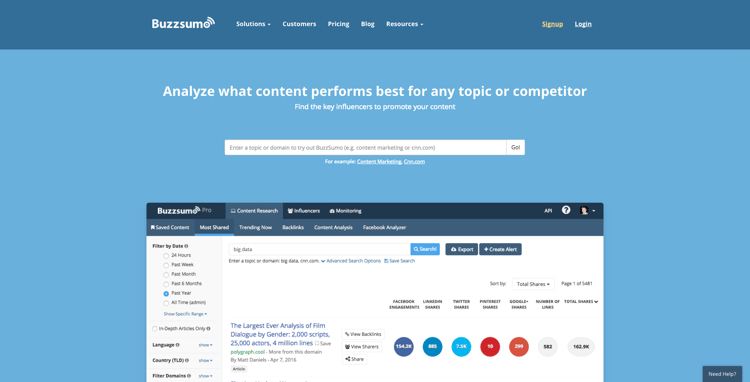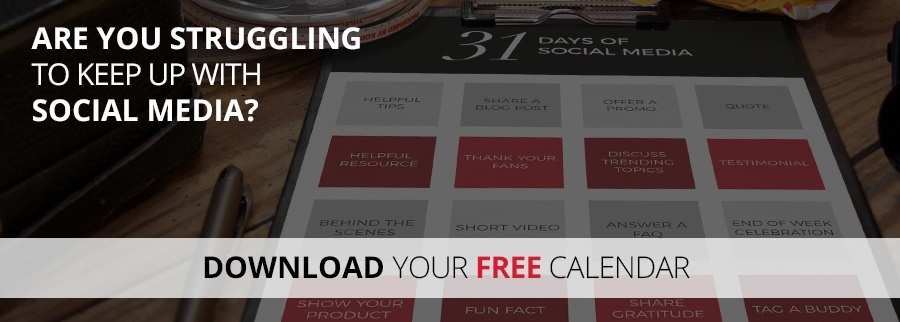
I held my breath in anticipation right before it happened. I remember the day so clearly. Even now I can smell the café mocha steaming in my mug, placed next to my computer. I’ll never forget the feeling of the first time I clicked publish on a piece of content I wrote for my very first blog.
Keep in mind that I was always the one who hated writing. Like most students, I dreaded every writing assignment in high school because it meant I was going to be judged. But everything changed on that cool spring day in 2013. That was the day I decided I was going to stop being afraid of people judging my thoughts and I was going become a content creator. I was going to make my mark on the world. I was going to write. Little did I know, I had a long way to go before anyone would be reading my work. And I haven’t quite made any marks on the world…
But I’ve learned a bit in my years of working on this craft and I’d like to share some of those lessons with you in this post. Now, I’m not claiming to be an expert writer or even a great writer but I do think these 5 copy writing tips are worthy to share and will help you in your writing journey.
May I share them with you?
Yes? Great, let’s dive in…
TIP NUMBER 1: GET INTO YOUR READERS BRAIN
What are your readers interested in? What are they sharing with their friends? What are they talking about at the lunch table with their co-workers? Before you begin any writing it’s important to research what is going to attract and keep the attention of your reader.
How do you do this, you ask?
There are many tools available to research what your target marketing is looking for or talking about. The two I use are BuzzSumo and AnswerThePublic. Buzzsumo is great for finding the most shared and engaged with content on social media based on any keyword.

Answer The Public is perfect for finding questions real people are asking about the topics you want to write about.

TIP NUMBER 2: CUT REDUNDANCIES

Water is wet.
If you are a human who’s lived for any amount of time, you know water is wet. Sometimes writers, for reasons unknown to me, try and describe how something obvious is the way that it is.
Stop it.
Being redundant is the quickest way to kill your blog post and no one wants to read about how their problems are problems. Be clear, concise, and candid.
TIP NUMBER 3: USE TRANSITIONAL WORDS
Transitional words or phrases are used to connect ideas in your writing. They help your writing flow.
For example…
That was an example. See what I did there?

More examples include:
To illustrate, next, then, later, first, second, finally.
Practice using transition phrases and words for a smoother reading experience and your readers will subconsciously love you and keep coming back for more.
TIP NUMBER 4: KEEP SENTENCES SHORT
In the days of attention spans being shorter than that of a pampered gold fish, writing for humans can be challenging. In my opinion, it’s a crisis. But we must find solutions because (1) we want people to read our message and (2) who in the world writes content to be read by not-humans?
…I mean, just sayin’.
When we read on a screen it’s harder to track words with our eyes. That’s why it’s important to give readers small chunks of text that are easier to digest visually. Don’t judge the power of your message by the size of your sentences. Big things can come in small forms… remember Yoda?
.gif?width=555&name=giphy-downsized%20(1).gif)
TIP NUMBER 5: ADD VALUE WITH CONTENT UPGRADES
People don’t always have the time to consume your content. We are all very busy and our attention is being pulled in all different directions.
So, what’s the solution? Content Upgrades.
Content upgrades are additional downloadable resources that add value to your post by giving the reader the opportunity to download the content they are interested in and save it for later. What’s even better is that you can ask readers to opt in to your email list in order to download your content upgrades.This way you are offering an extra level of value while building your email list. Talk about a win-win!
.gif?width=480&height=202&name=giphy-downsized%20(3).gif)
When you’re writing your next business blog post, think about what kinds of content upgrades you can offer your readers.
Don’t be afraid to experiment with:
- Blog Post Recap PDFs
- Free Word or Excel Templates
- Additional Infographics
- Or, ebooks
IN CONCLUSION
.gif?width=463&name=giphy-downsized%20(2).gif)
Now you’re armed with all the tools you’ll ever need to become the next Stephen King or million-dollar Copywriter, right? Well, maybe not, but using these fundamentals will take you far. They’ll help you write better emails, better website copy, and better content all-around. I’d love to hear your thoughts. What are your favorite ways to tighten up your copy? What changes have given you the greatest results?
Let me know in the comments!

